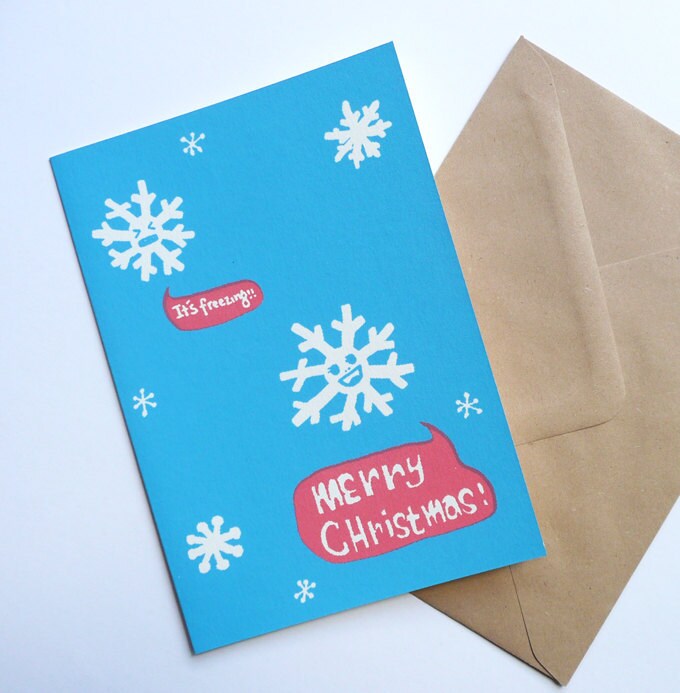
Everyone at Nook & Cranny were having a wonderful evening, the Chrsitmas lights had turned on in the centre of town and our sparkling fairy lights in the Creative Courtyard looked a treat. Joan, Claire and John were sat outside (freezing) under a festive gazeboe greeting customers. Leigh, Jen and Bob were inside Nook & Cranny, working hard at origami, decorating the Christmas tree and enjoying the atmosphere of the late night shopping. When all of a sudden, crash, bang, wallop, a bird flies into our gallery wall. How rude we thought, those horrid rats with wings (dirty city pigeons) had popped in for some warmth. However, once the bird in question had crashed his way over to our new workshop quarter of the shop, we could see, he was infact, NOT a pigeon. Jen threw my new shawl over the poor bird to calm him down and we proceeded to panic (I would say flap about). We found the number for the RSPCA and through the RSPB website discovered the breed of bird we now had trembling under our desk. When I finally got through to the RSPCA (there was alot of answer machine 'press number 1' business) a lovely lady asked us to check the bird for any obvious injuries (I did, and got a sneak peak of his wonderful beak and beautiful plummage - before he got a panic on and tried to fly up towards the ceiling), although a little dazed and confused, he seemed fine, so were told to keep him in a cool dry place (isn't that how you store pickles and condiments?), such as a box with the shawl we were using. Nook & Cranny, including our guest bird, calmed down and carried on (like our tea towels tell us). Later, Jen took our new friend out to the courtyard garden in the back, held him gently in the shawl, unwrapped him and slowly released him. He flew straight up into the sky and hopefully back home to the river.
What a strange encounter! How on earth does a 'sea bird' fly into a city town center and then bump into our shop? Here's what the RSPB say about the common Sandpiper:
Overview
A smallish wader with contrasting brown upperparts and white underparts. It habitually bobs up and down, known as 'teetering', and has a distinctive flight with stiff, bowed wings. Its presence is often betayed by its three-note call which it gives as it flies off.
Where to see them
In summer is breeds along fast rivers and by lakes, lochs and reservoirs in Scotland, Wales N Ireland and the north of England. In winter it may be seen along the south coast, and on spring and autumn passage it can be found elsewhere in the UK, near any freshwater areas and on some estuaries.
It's lovely to know the phrase ' a little bird told me ' could now come true, regarding spreading the word of Nook & Cranny. However, in hindsight, although incredible, it was all just a little too stressful.
Any name ideas for our new friend, should he wish to visit again?


















































